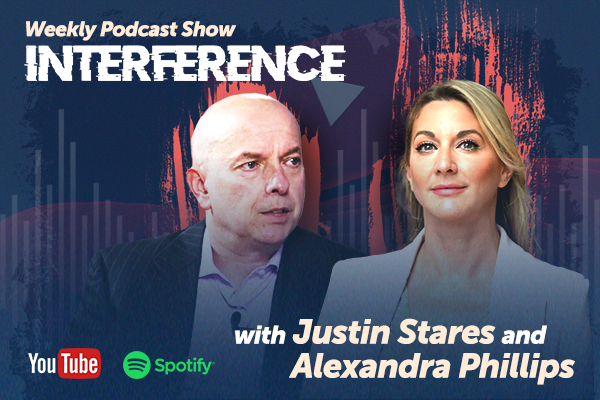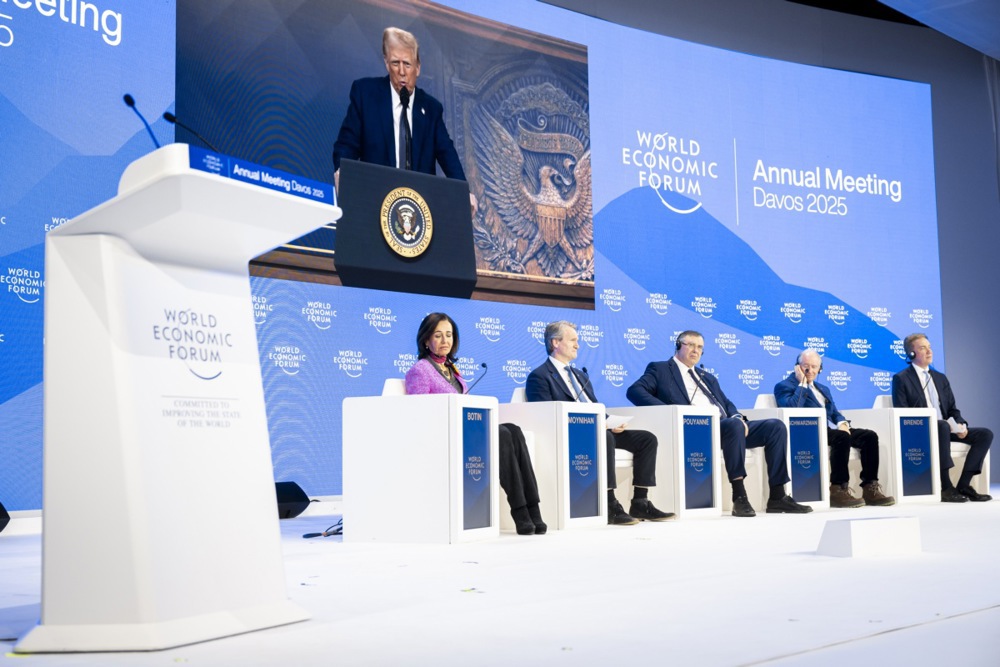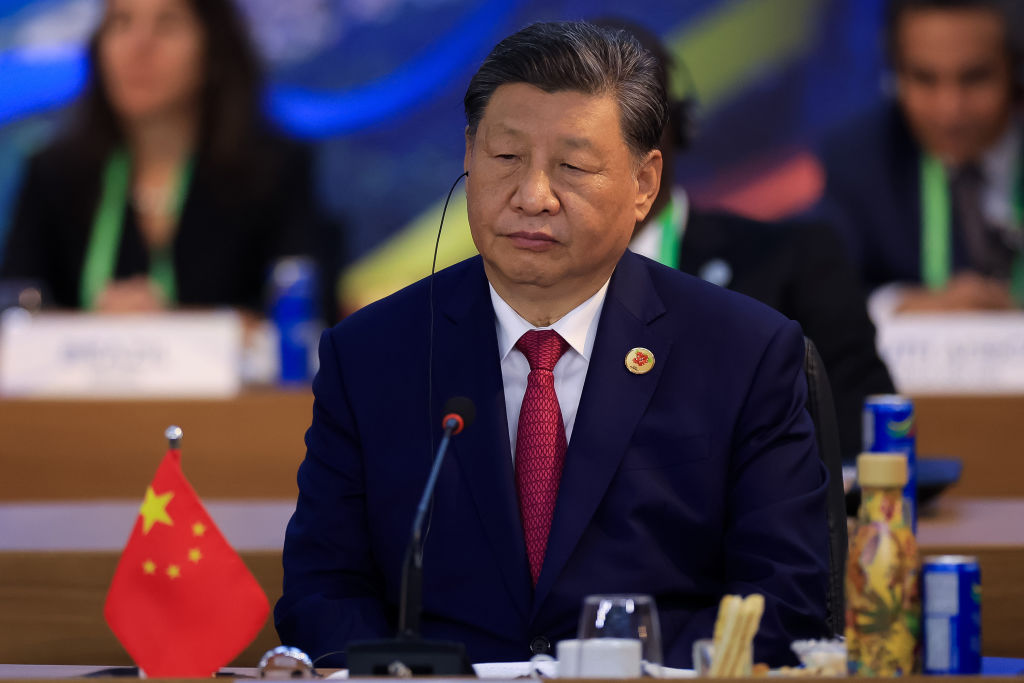The transatlantic relationship, long a cornerstone of global stability, is undergoing a profound shift. The Trump administration’s approach to Europe is marked by a clear preference for bilateral dealings with individual EU member states rather than engaging with the EU as a unified entity. This strategy, while controversial, reflects a pragmatic assessment of the EU’s internal dynamics and the challenges it poses to US interests. As Henry Kissinger famously quipped – “Who do I call if I want to speak to Europe?” – a question that, fifty years on, remains unanswered, the Trump administration is forging a new path, one that prioritises national sovereignty and direct engagement over multilateral bureaucracy.
Talking to US policymakers in Washington this week, many in the legal and lobbying trade biosphere, this attitude stuck out strongly. This preference for bilateral dealings is a strategic choice in response to the EU’s complex decision-making processes. The EU’s structure, with its competing national interests and institutional sprawl, often hinders swift action. This ossification at the EU level stands in direct contrast to the sheer rubber-screeching speed with which Trump has started his Presidency. He just wants things to move, and move fast. Something that the EU institutions are congenitally unable to do.
By engaging directly with member states, the US feels it can bypass these hurdles and negotiate agreements tailored to its priorities. This approach is exemplified by the diplomatic efforts of Italy’s Giorgia Meloni, who this week is both visiting Washington and inviting the Vice President to Italy, and Spain’s Economy and Trade Minister Carlos Cuerpo being invited to meet with Scott Bessent, the Treasury Secretary.
Meloni has positioned Italy as a key US partner, emphasising energy security and defence cooperation, areas ripe for bilateral agreements. Similarly, Cuerpo has worked to bolster Spain-US economic ties, focusing on trade and investment. These efforts highlight the Trump administration’s view that direct engagement with individual nations can yield more tangible results than navigating the EU’s collective framework. The impact of this approach is instructive as it is one that was attempted post-Brexit referendum by the UK government, but was shut down by Brussels which demanded a single response to UK overtures. The relative power of the US to the UK makes the Berlaymont’s instructions to its vassal states less powerful in Trump’s New World Order.
However, the post-Brexit United Kingdom offers a unique opportunity for the Trump administration. JD Vance, a key administration figure, has expressed enthusiasm for a trade deal with the UK. While Vance appreciates Europe broadly, he sees the UK – freed from EU constraints – as a more agile partner. This aligns with the administration’s belief that sovereign nations, unencumbered by supranational rules, can better align with US interests, particularly in security, trade and economic policy.
A core tension in US-EU relations lies in the EU’s regulatory approach, epitomised by the precautionary principle. This doctrine, prioritising caution over innovation, dominates EU policy on everything from environmental standards to consumer safety. For the US, it represents a roadblock, particularly in the tech sector. The EU’s stringent data protection and antitrust measures are seen as targeting US tech giants, undermining their dominance while failing to nurture European competitors.
The Trump administration views this as hypocritical: the EU benefits from the US security blanket yet positions itself as a competitor through regulation. This dynamic reinforces the preference for bilateral dealings with member states that may be less philosophically wedded to the EU’s restrictive framework.
Kissinger’s question —”Who do I call if I want to speak to Europe?”— still resonates. Despite decades of integration, the EU lacks a single, authoritative voice. National interests often trump collective goals, frustrating US policymakers. The Trump administration’s bilateral strategy sidesteps this issue, engaging directly with nations like Italy and Spain to address specific priorities. Critics may call it divisive, but it reflects a realistic appraisal of the EU’s persistent fragmentation.
JD Vance’s Munich Security Conference speech underscored a growing ideological divide. He criticized the EU’s retreat from democratic values, particularly on freedom of speech and immigration. Vance argued that the EU’s centralising tendencies, driven by an elite in Brussels, ignore the clear wishes of European populations, many of whom demand stricter immigration controls. His remarks struck a chord with nationalist movements across Europe, aligning with the Trump administration’s emphasis on sovereignty.
The EU’s response was predictably defensive, doubling down on its integrationist agenda. Yet Vance’s critique highlighted a fundamental clash: the US champions liberty, conscience, and self-belief, while the EU’s legal order, enforced by institutions like the European Court of Justice (ECJ) and European Court of Human Rights (ECHR), prioritises conformity and uniformity.
The ECJ and ECHR are more than courts, they are tools of an elite program of centralisation. Both are wedded to the EU core mission of centralisation and a technocratic form of governance that sees people not as autonomous voters, but tools in the growth of the project. The ECJ enforces EU law, often overriding national legislation, while the ECHR extends human rights rulings that bind member states. For the Trump administration, these institutions epitomise the EU’s anti-democratic overreach, stifling national autonomy in favour of a supranational agenda. This perception fuels the US preference for bilateralism, where such centralised power could be circumvented.
This focus on bilateral dealings with EU member states is a calculated response to the EU’s complexities and competitive posture. By engaging directly with leaders like Meloni and Cuerpo, and eyeing opportunities with the UK, the US seeks to advance its interests without entanglement in EU bureaucracy. Vance’s Munich speech and the critique of the precautionary principle further illustrate a broader philosophical divide, one where liberty and national self-determination clash with the EU’s centralising vision.
As the EU grapples with internal dissent and the rise of populism, the Trump administration’s strategy may reshape transatlantic relations. Whether it fractures Europe further or reasserts national sovereignty remains uncertain. What is clear is that the old multilateral order is under strain, and the future hinges on how both sides navigate this new reality.






Trump goes into Kremlin’s rat-infested sewer and makes a deal